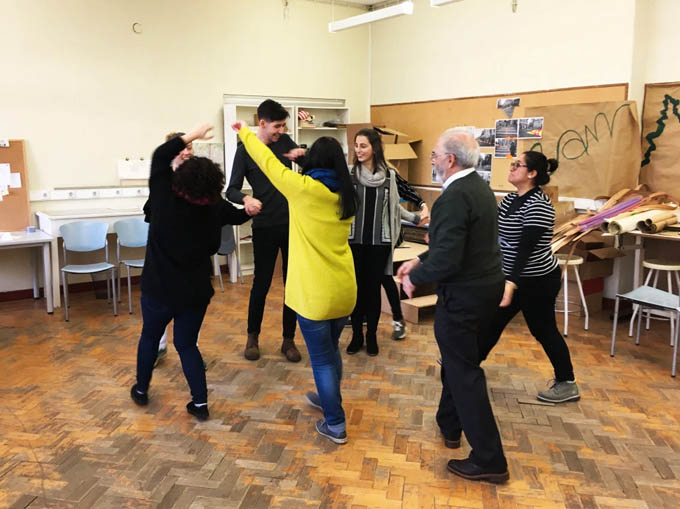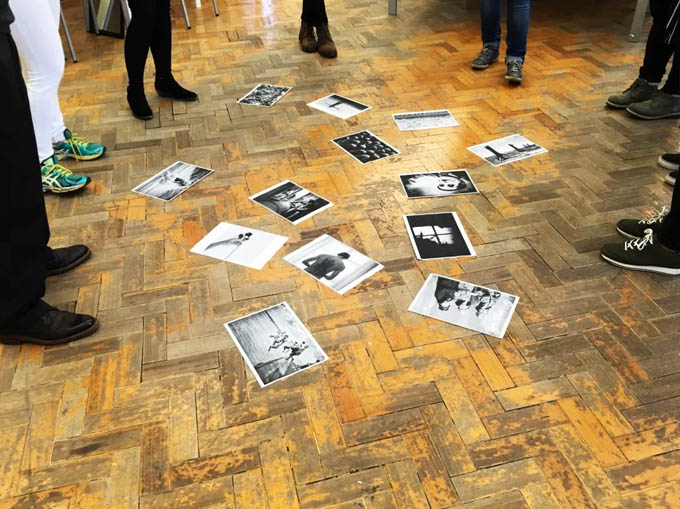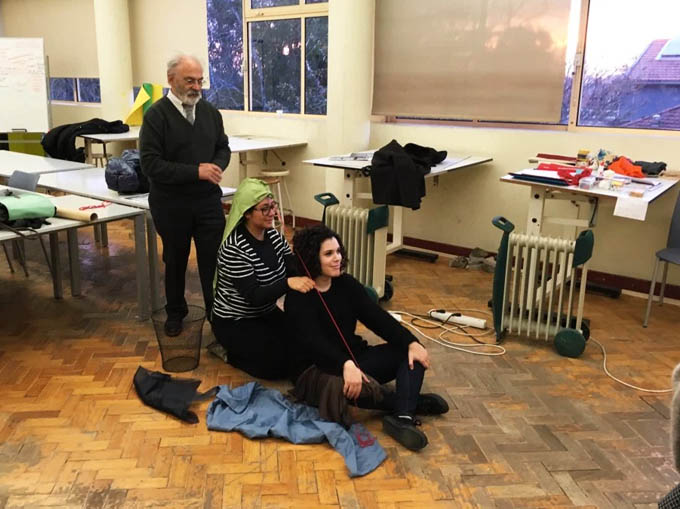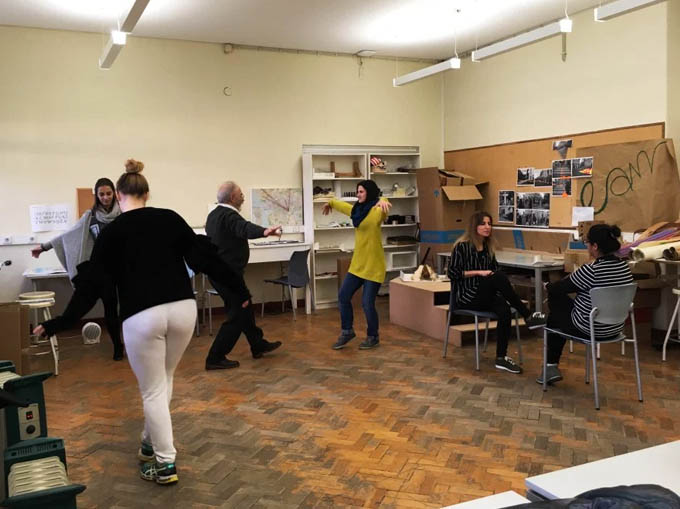Enter your keyword
Youth Projects
Subjective Spaces: exploring British Drama
Eduardo Pedreiro
My Value (on which the project is based with some short description):
Creativity and self-expression
We believe creativity resides in everyone and that a process of awakening develops a deeper sense of identity and citizenship.
The goal of the project:
To explore issues that ranged creativity, from identity expression through the drama method.
Method used: British Drama
Number of Participants: 7
Summary
In order to explore the method addressed in the polish exchange, a group of people was gathered in order to approach issues that ranged creativity from identity expression through the drama method. The group was constituted by different people from different backgrounds and areas of knowledge, in order to promote and discuss different views and approaches to the method, as well as to body and plastic expression.
Description of the activity
After everyone was introduced to the group, two warming exercises – walking in different paces and moving with hands connected – were made in order to activate the body and and start generating group dynamics.
To start addressing and defining the problem, the identity values were then addressed with the exercise of photo-symbol, on which each participant had to chose a picture they related to, in order to identify a value or concept with personal meaning. This exercise helped to start generating introspective readings of the process and to define each member’s personal space.
In order to express the values raised and enter the fundamental and central phase of the activity, it was firstly proposed an expression of the different values through movement. On this moment, with everyone paired together, it was requested that one of the elements mirrored the others movement (and then switched). At the end a sharing moment occurred on which each pair talked and discussed the issue they were trying to address.
Continuing this process, the group was divided into groups of 3, and then invited to connect different values and generate a body representation (sculpture) that would be presented for the other groups to interpret and discuss.
On a final stage of the meaning construction stage, pairs were invited to generate a creative process and a material expression of their connected values. Different installations, some of which transcended the workspace, were generated which channeled the group into moments of activation and interaction with the objects and environments produced.
After sharing the results and thoughts regarding the activity, the session ended with a closure exercise – a static scene – on which each of the participants should stage an interaction with other person minding his/her own value.
Final considerations
This method revealed to be extremely useful while working with groups and addressing topics such as identity, moral or ethics, which can be discussed and shared from a creative perspective using both material and body language. The process raised different issues which were mediated by everyone’s personal space, which constitutes a strength of this method as it makes possible to define different spaces (in group, pairs and individually) and depths of thinking and dialogue. The different stages lead you to observe yourself, to present yourself to others and to define yourself towards others, which are great strategies to work subjective values. The symbolic construction of meaning through different means allowed to achieve diverse and positive results. The installation activity was the most intense as it took proportions that transcended the workspace and addressed matters as interaction and activation of the work of art as means to engage and communicate with the audience. The closure process is also seen as a crucial part of the drama method as it allows the participants to access the body, creative and mental experience that took place. This final stage is of utmost importance to close the psychological process that was developed through the activity. As a general overview, the method proved to be effective in a variety of ways and can be applied in a high range of contexts such as education and arts practice.






